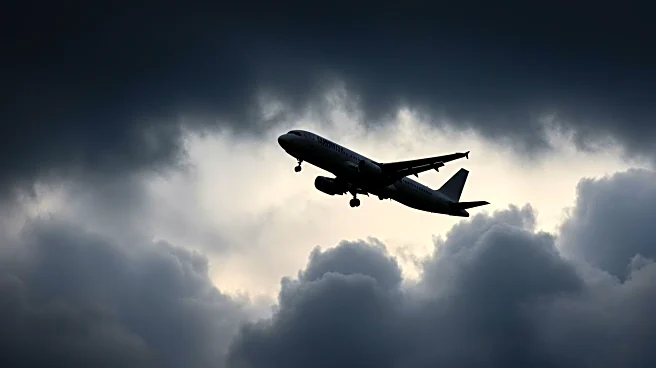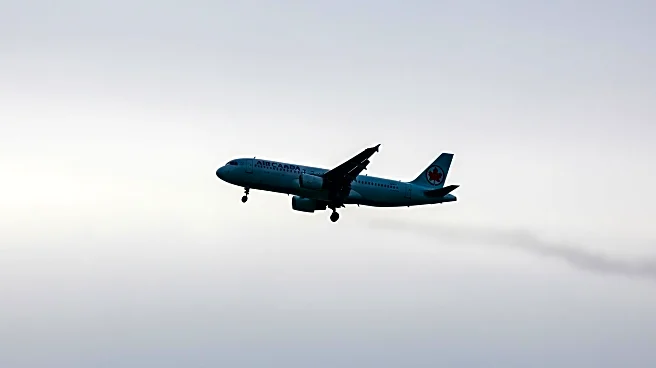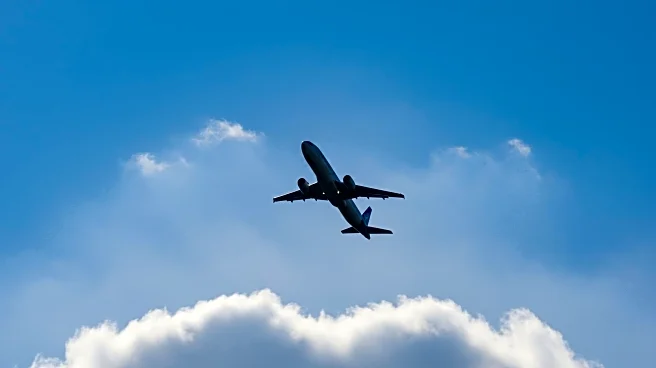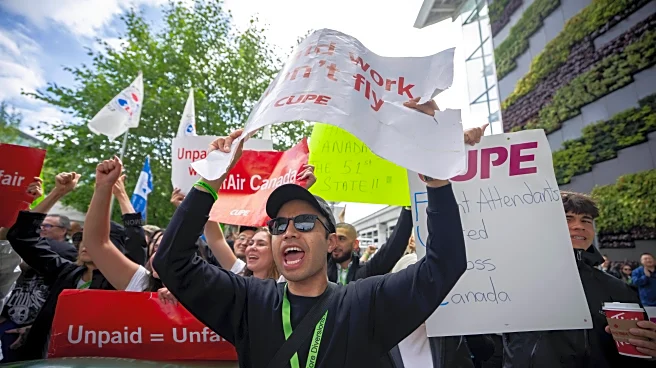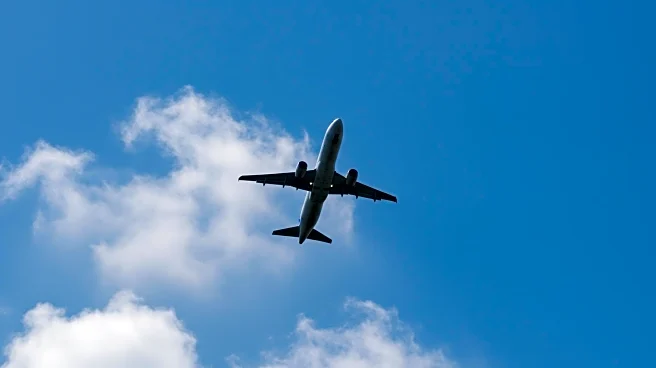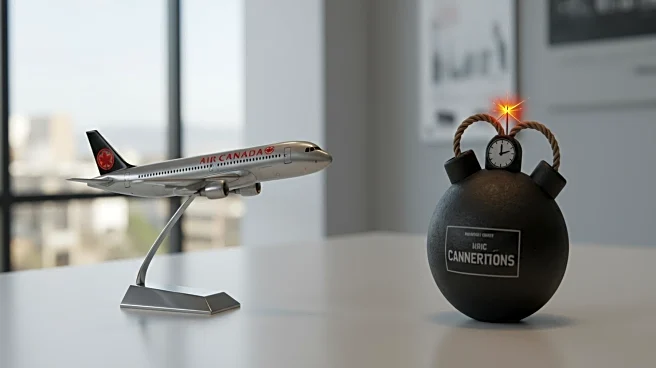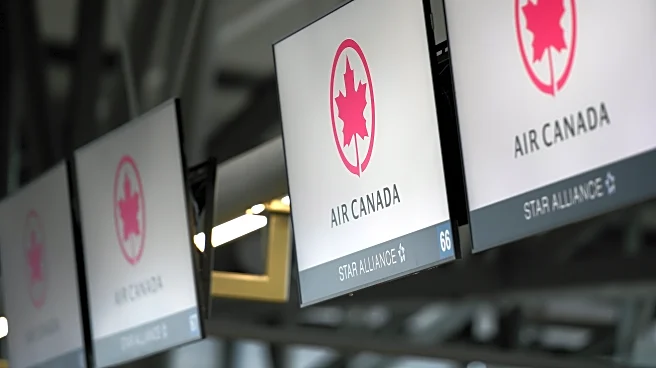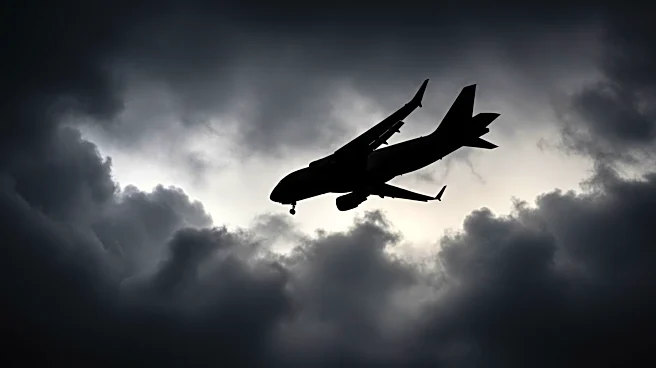What's Happening?
Air Canada has delayed the resumption of its flight operations after the union representing over 10,000 flight attendants instructed its members to ignore a federal back-to-work order. This decision has extended a strike that began on August 16, causing significant disruptions during the peak summer travel season. The airline was forced to cancel approximately 240 flights on August 17, with plans to resume services by the evening of August 18. The Canadian Industrial Relations Board had mandated the return to work by 2 p.m. EDT on August 17, extending the expired collective agreement until a new one is reached. However, the Canadian Union of Public Employees (CUPE) defied the order, accusing the government of succumbing to corporate pressure. The strike has grounded Air Canada and Air Canada Rouge operations, although flights operated by Jazz Aviation and PAL Airlines continue unaffected.
Why It's Important?
The ongoing strike and flight cancellations have significant implications for Air Canada's operations and its customers. The disruption affects Air Canada's global network, which typically serves 180 destinations and operates around 700 flights daily. The strike highlights ongoing labor disputes centered around compensation and working conditions, with CUPE rejecting Air Canada's offer of a 38% increase in total compensation over four years. The union argues that the proposed boarding pay is insufficient and that wages remain below inflation and industry standards. The strike and subsequent government intervention underscore tensions between labor rights and corporate interests, with potential impacts on Canada's aviation industry and supply chains.
What's Next?
Air Canada plans to resume flight operations by the evening of August 18, but it anticipates a seven to ten-day period to fully stabilize its schedule. The airline is offering passengers with canceled flights options for refunds, credits, or rebooking on other carriers, although capacity is limited due to the peak travel season. The dispute may continue to unfold in various arenas, including picket lines, bargaining tables, courts, and Parliament, as CUPE remains committed to fighting for better terms. The resolution of this labor dispute will be closely watched by stakeholders in the aviation industry and labor rights advocates.
Beyond the Headlines
The strike raises broader questions about labor rights and government intervention in labor disputes. CUPE's defiance of the back-to-work order reflects a strong stance on workers' rights and dissatisfaction with government actions perceived as favoring corporate interests. The situation may influence future labor negotiations and government policies regarding labor disputes, potentially setting precedents for how similar situations are handled in the future.
